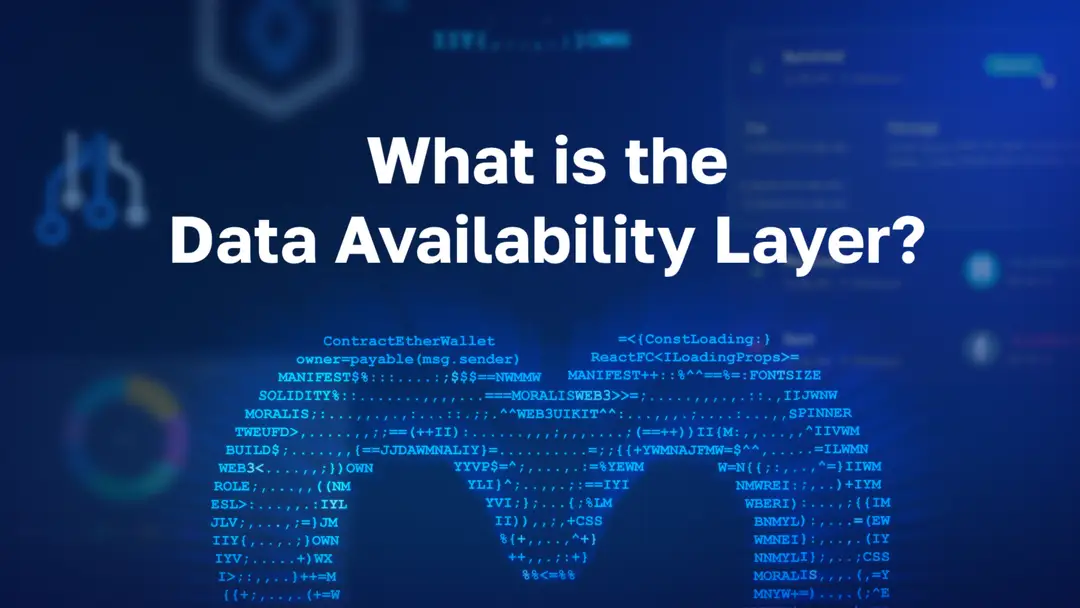Back
Data Availability Certificate
Arbitrum
By HackQuest
May 21,20242 min readWelcome to the Web3 world, where digital finance and applications are shown in a revolutionary way through the fusion of blockchain technology, cryptocurrencies, and a pioneering spirit. Are you overwhelmed by the wealth of terms in the Web3 world that you don’t understand? Are those slangs barriers for you to learn about Web3? Don’t worry! We’re here to explain the obscure terms to guide your learning. Today, we're diving into an exciting development in the world of Web3: [Data Availability Certificate].
Overview
Data Availability Certificate (DAC) is a cryptographic proof used to verify that a specific set of data is publicly available and can be accessed by anyone on the network. This concept is particularly important in the implementation of some blockchain scaling solutions, where ensuring data availability becomes crucial for maintaining security and transparency.

Source: Moralis
Purpose and Functionality
The main purpose of a Data Availability Certificate is to address the data availability problem in blockchain networks, especially those that use L2 scaling solutions like rollups. In such systems, data related to transactions may not all be stored directly on the main blockchain (L1) but is instead processed off-chain to improve scalability and reduce costs. The DAC ensures that this off-chain data is still available to all network participants, preventing fraud and enabling full network verification of the state.
How It Works
A Data Availability Certificate typically includes:
1.Hash Value of the Data Block: This serves as a cryptographic fingerprint of the data, ensuring its integrity—that the data has not been altered since the hash was created.
2.Expiration Time: This indicates how long the data is guaranteed to be available. After this period, the data may no longer be retrievable.
3.Signatures: These are usually from a set of validators or a committee who attest to the availability of the data by signing the hash and expiration. The number of signatures required can vary, but usually, a majority is needed to validate the certificate.
Conclusion - Importance in Web3
In Web3, ensuring data availability is critical for the security and functionality of decentralized applications, particularly those that operate on or interact with L2 scaling solutions. By using DACs, these applications can guarantee that even though some operations are processed off-chain, the underlying data is still accessible for validation or in case disputes arise. This mechanism helps maintain the decentralized and trustless nature of blockchain systems, where no single party has control over the entire dataset.
DACs play a crucial role in hybrid blockchain models, where they bridge the gap between on-chain security and off-chain efficiency, ensuring that L2 solutions can operate effectively without compromising the core principles of blockchain technology.
💡
If you would like to learn more about slang in Web3, let’s explore more in our HackQuest Web3 Glossary and check out our courses on Arbitrum!